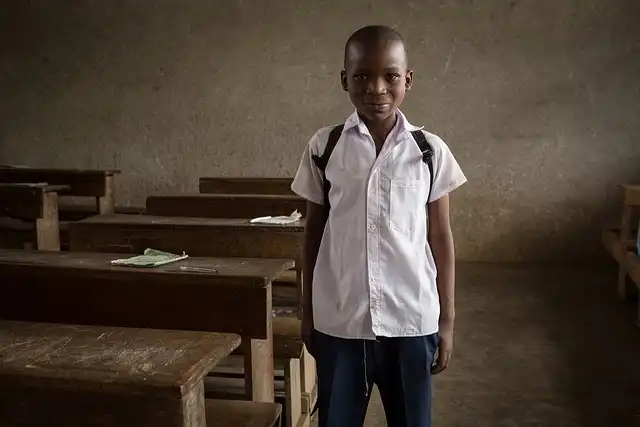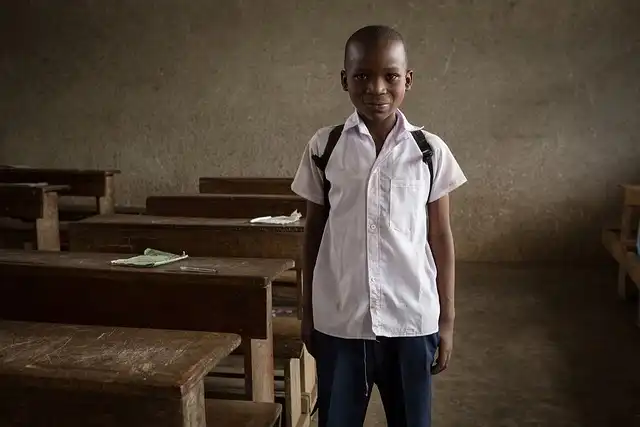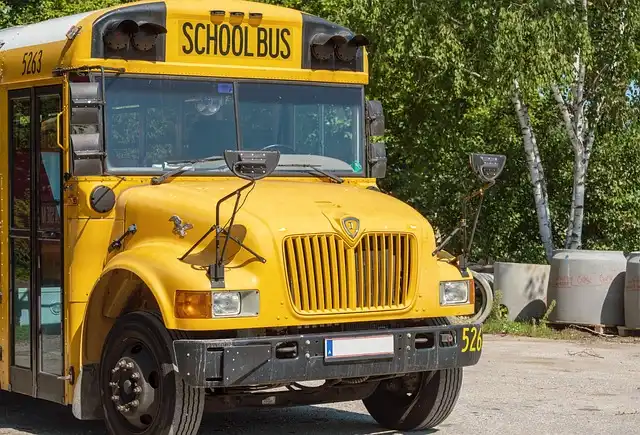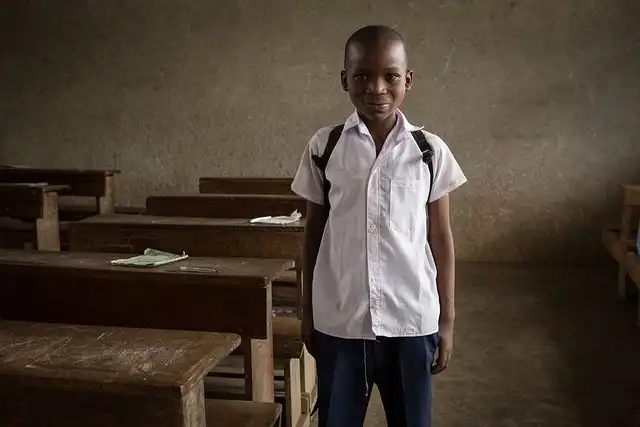
Teacher Shortage: Impact on Special Education & English Learners
Teacher shortages in special education and for English learners negatively impact student outcomes. NCTQ recommends better pay, preparation, and support for educators.

Teacher shortages in special education and for English learners negatively impact student outcomes. NCTQ recommends better pay, preparation, and support for educators.

A lawsuit links AI chatbots to a teen's suicide, raising concerns about AI's impact on youth mental health. Experts urge caution, highlighting manipulation, misinformation, and privacy risks.

AASA study reveals superintendent pay trends, stress factors varying by district size, and time allocation challenges in 2024-25. Small districts face budget stress; large districts, political issues.

The FAFSA form saw an earlier launch, mandated by law after previous rollout issues. Updates, vendor contract changes, and ongoing improvements aim to streamline the financial aid process. Challenges remain.

The ACLU sues Texas school districts over Ten Commandments displays (S.B. 10), citing First Amendment violations. Similar laws are on hold in Arkansas and Louisiana. Court battles continue over religious displays in schools.

Carrie Edwards' $150,000 Powerball win benefits AFTD (Frontotemporal Deterioration research), Shalom Farms, and the Navy-Marine Corps Relief Society. AFTD is personal, as her husband died from FTD.

Support for vaccination mandates is declining. States vary on exemptions, with some allowing only medical exemptions. Debates intensify over vaccine safety and school policies.

ILO Team's 2024 report highlights the growing number of women superintendents, diverse management, and leadership turnover challenges impacting education. Gender representation parity is decades away.

Satisfaction with US K-12 education hits a record low, with only 35% of Americans pleased. Dissatisfaction is driven by curriculum concerns and perceived inferiority to other countries.

K-12 cybersecurity faces funding cuts despite ransomware threats. Schools bolster defenses, lowering data encryption rates. Phishing remains a top attack vector. Recovery costs vary.

US education faces challenges: Math/reading scores drop, potential budget cuts threaten programs, and Trump-era immigration policies face legal battles, impacting students and schools. Special Education disputes also rise.

Preparing students for the future means equipping them with digital literacy, AI skills, and ethical thinking. Career-connected learning bridges education and real-world needs in the age of AI and automation.

Federal funding cuts threaten state deafblind projects, impacting vital support for students and families. Advocates fight to restore resources, highlighting the crucial role of early intervention and specialized education.

The Trump administration proposed retracting Title IX sports rules, sparking controversy. Changes impact girls' sports opportunities and racial discrimination policies in schools. Public pressure mounts.

A school dramatically improved literacy rates by focusing on research-based practices, teacher empowerment, and consistent support. This led to increased student confidence and academic success across all subjects.

Proposed budget cuts of 15% to the U.S. Department of Education, including Title I funding reduction, spark debate. Concerns raised about impact on low-income schools and student achievement, federal funding & budget.

Protecting IDEA funding is vital for students with disabilities. Federal investments are cost-effective and impactful. Defunding IDEA would raise costs and limit access to opportunity.

FCC Chairman Carr seeks to reverse Biden-era E-Rate expansions for school bus Wi-Fi and student hotspots, raising concerns about digital equity and access for students, especially in rural areas. COVID-19 impact discussed.

Bipartisan legislation aims to improve indoor air quality (IAQ) in schools, addressing health risks and providing tools for monitoring and mitigation. EPA's role is expanded for healthier environments.

California's Black, foster, and homeless students face school discipline disparities despite reforms. NCYL reports disproportionate suspensions and lost instruction days, exacerbated by policy shifts. Data analysis highlights racial injustice.

LAUSD settles lawsuit over COVID-19 distance learning, providing remedies for marginalized students who suffered learning loss due to reduced instruction and lack of resources. Includes tutoring, assessments, and summer programs.

Giving students more voice and control in classrooms enhances engagement, critical thinking, and comprehension. Educators highlight inquiry-based learning and student expertise.

House GOP proposes cutting K-12 funding, targeting teacher training and English language programs. Potential government shutdown looms if FY26 budget isn't finalized. Education budget could be cut by 15%.

School districts face insolvency due to the end of federal relief funds. Budget cuts, staff reductions, and financial monitoring are becoming common. Experts warn of further fiscal challenges.